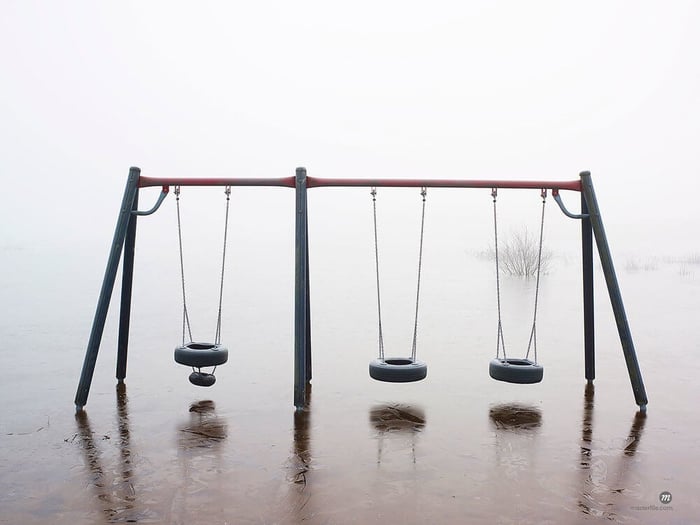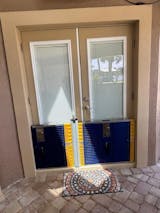Floodings are happening more and more often today. In fact, flooding has already become the most frequent natural disaster happening in the United States. Even the country`s areas have never been considered prone to floods before. Even though flooding water can seriously damage or destroy your property, it can take away lives. Moreover, in the case of flooding, children are the most vulnerable ones. They tend to panic, get scared, hide in closets or other dangerous places that may easily turn into death traps in case of flooding.

In this article, we have collected 10 safety rules for children in case of flooding. Please, make sure to explain them to your kids, as in case of disaster, those directions can save lives.
Rule #1 - Learn about the flooding
This rule is more for parents than children. Your child must understand what a flood is, why it happens and what it may result in. Make sure to explain to your children that flooding is a natural disaster that happens due to snowmelt or heavy rainfall. When children understand what is going on, they are more likely to keep calm, follow directions and stay safe.
Rule #2 - Follow the official guidance
Officials monitor the situation and provide citizens all the necessary forecasting and guidance in case of flooding. Explain to your children that it is crucial to follow the official recommendation and guidance. For example, if there is a storm alert, they should go to a safe place immediately, even if the weather does not look that bad at the moment.
Rule #3 - Move to a higher ground
It is crucial to move to higher ground in flooding, where the flowing and rising water cannot get. You should also never try to walk or swim through the standing water in the lowland as you cannot see how deep the water is and what lies on its bottom.
Rule #4 - Stay close to grown-ups
Explain to your children that they should never try to run away or hide in case of flooding. Not only are grown-ups better prepared and informed about the disaster, but they are physically stronger. Therefore, they can help a child if they fall into the water or get injured.
Rule #4 - Keep away from the flood water
Not only can dirty water be dangerous, infected, and anti-sanitary, but the water often damages electrical wiring in case of flooding. Therefore you can get shocked once you touch it.
Rule #5 - Keep clean
In flooding, water often destroys sewers and dumpsters, bringing all the dirt and bacteria with it. It is crucial to keep clean during the flood, wash your hands regularly with clean water or use sanitizer. Never try to drink or wash up with the flooding waters.
Rule #6 - Make sure the area is safe after the flooding
When the water retreats, it is crucial to ensure that the area is safe before going back to the house or getting down from the higher ground. Damaged wiring, appliance, and furniture, as well as building damages, may be dangerous. Ensure that the area is clean, safe, and free of hazards before you allow children to get out of the shelter.
Rule #7 - Children should stay safe during the cleanup
It is great of your kids to want to help with the recovery, clean up and restore the order, but it is better if they stay away from the process, at least in the beginning. A child can get injured or slip and fall on muddy soil.
Rule #8 - All the damaged and contaminated things have to go
Flooding waters are often contaminated with sewers and bacteria. Therefore things that have been touched or damaged by it may be hazardous and infected. You must explain to your children that even if it is their favorite teddy bear or a blanket, you should discard it immediately for their own good.
Rule #9 - Forewarned is forearmed
Explain to your children that flooding is an event that may happen several times during their lifetime. They must process the experience they have gained during the flooding, talk about what they learned, and understand that this knowledge will help them in the future.
Rule #10 - Learn to prevent flooding
Explain to your children how to protect the house in case of flooding and use various anti-flooding solutions. It is always a good idea to get a flood barrier for your property. They don`t take much place in your storage area and are so easy to install and take off that even a teenager can do the job in a matter of several minutes.
Hold drills from time to time, teach your children to install the flood barrier, or use any other anti0flooding solutions you have in your house to ensure that they can keep safe even if you cannot be next to them in case of flooding.
Contact us today and learn about our innovative, user-friendly anti-flooding solutions. While you take care of your beloved ones, our flood barriers will protect your property and keep the floodwater away from your belongings.



















